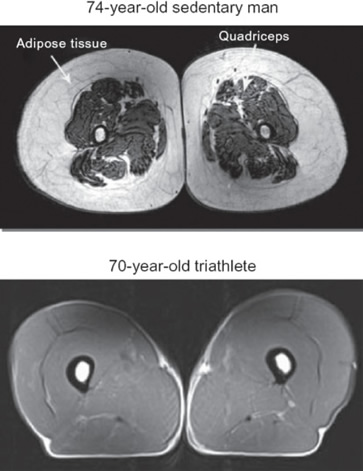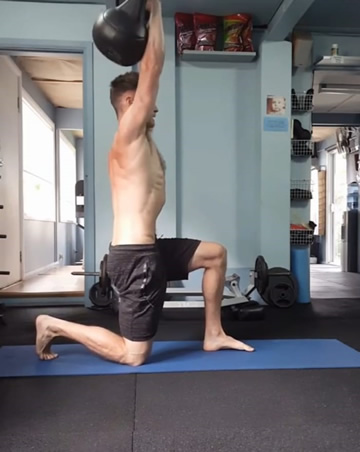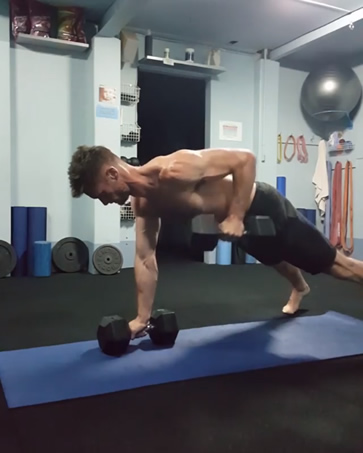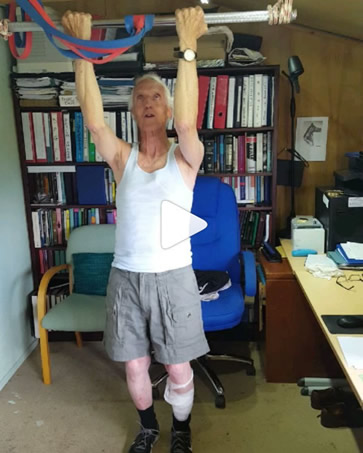The benefits of resistance training
As a personal trainer I often get asked by clients that they don't want to get big and bulky from lifting weights. Yes, lifting weights builds muscle but it's actually a lot harder than you think to get big and bulky! That is mainly done by what you eat... I find people tend to shy away from lifting weights because they think they will end up looking like the Hulk, when this is obviously not the case! Cardio is great but resistance training is better and here's 10 reason why I think so.
1) Increased muscle growth
The most obvious benefit of resistance training is increased muscle growth (cross sectional area of muscle fibres and increased total number of fibres) by stressing the muscle tissues you encourage the tissue to adapt to that stress and recover stronger.
2) Increased muscular strength, power and endurance
The natural result of increased muscle mass is increased strength and power. Increased muscle cross sectional area (CSA) generally correlates to increased strength and power. Another component to resistance training is increased motor unit recruitment, this generally happens before a noticeable increase in CSA where your brain uses a higher percentage of the muscles the body already has because if our body used every muscle fibre we have we would use a huge amount of energy and be very inefficient.
Here's my client Kenneth doing his first EVER pull up at the age of 88 showing it's never too late to start training and still see amazing results.
3) Improved body composition
Another benefit of increased muscle mass is the fat burning effect it has. I use the analogy of a muscle car, (apt name there) where a big engine will burn lots of fuel compared to a little fiat 500 where if you fill it up it can run on that fuel for weeks. The more muscle mass you have the more energy you burn, if you train and eat well you will burn fat and improve your body composition.
4) Increased bone density
The bones adapt like muscles, in a basic sense you load the bone to break it down for it to adapt and rebuild stronger. The more you load the bones the better they adapt. This is incredibly important for post-menopausal women and elderly people where bone density is weakened to help reduce the risk of fractures. I also find that runners who don't do resistance training are far more prone to stress fractures than those who lift weights.

5) Increased tendon and ligament thickness and strength
Resistance training also increases the strength and size of your tendons and ligaments, tendons attach muscle to bone to create movement so if you increase the strength of muscle you will increase the strength of a tendon. Ligaments attach bone to bone and help stabilise the joints as the muscles and tendons move them again the increased strain and tension on the ligaments cause them to adapt.
6) Increased joint range of motion
Resistance training increases the stability of your body's joints; increased stability allows the nervous system to permit more range of motion (ROM) at the joint. Neuromuscular tightness is reduced when the nervous system feels safer going into end range so doesn't contract to protect the joint by limiting the movement. The more controlled ROM you have the less susceptible you are to injury.
7) Increased body awareness (proprioception)
Resistance training helps the body learn how to better control muscles, this control helps coordination and balance. Having improved balance is vitally important for older people reducing the risk of falls which can be very dangerous in older age especially if they live alone.

8) Improved circulation
Exercise increases the heart rate and blood flow to the muscles and skin. Increased blood flow helps deliver oxygen and nutrients to the muscles and skin promoting healthy tissues.
9) Increased blood sugar control
Resistance training has been shown to help regulate insulin and glucose levels. Being able to control this helps reduce or reverse the risk of type 2 diabetes.
10) Improved postural control
Poor posture is a result of muscular weakness and tightness. For example, excessive upper kyphosis is a combination of tight chest muscles and weak upper back muscles (strong internal rotators vs weak external rotators). By loosening the chest and strengthening the back muscles it allows the body to adapt a more neutral/natural posture. Postural control is also very closely linked to proprioception (body awareness) the stronger a muscle is the more likely the brain is to use it and the stronger the "mind-muscle" connection is, the easier it is to use. Mid-back, deep abdominal and gluteal muscles are all fundamental in postural control but I find many people struggle to consciously recruit them, resistance training helps develop the connection, strength and ultimately control.

So there is just 10 of the incredible benefits of resistance training, I can't stress the importance of resistance training enough! If given the choice of only being able to do cardio or resistance training, I'd choose resistance training every time!
Resistance training is what I mainly focus on with my client's personal training sessions, obviously I do incorporate some cardiovascular work in my sessions but I would be wasting my client's money by having them run on a treadmill for 30mins! Resistance training is more technical than CV work so that is what I focus on during the sessions and get my clients to focus on CV work in their own time. If you're interested in learning how to do more resistance training or how to effectively program it then get in touch! If you're local to Eastbourne or East Sussex one to one training is the best option or if you live further away, then bespoke online programs or video sessions are a way I can help you learn or optimise your training.
I hope you enjoyed the read.


